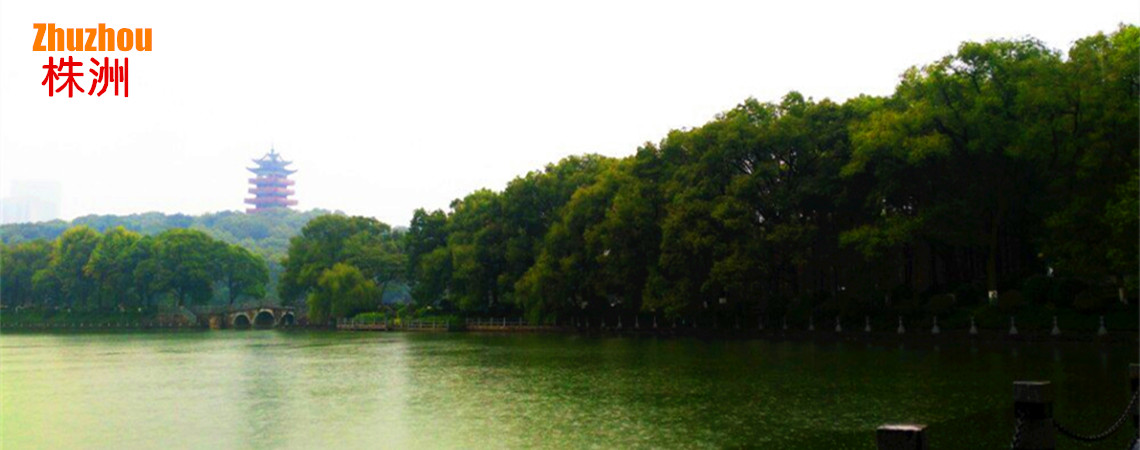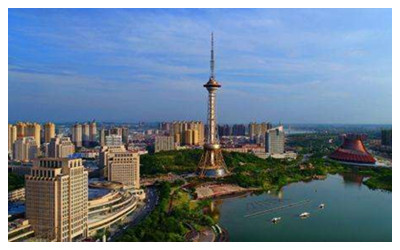
Zhuzhou Geography
 Zhuzhou is a prefecture-level city under the jurisdiction of Hunan Province. Located 50 kilometers southeast of Changsha City, Zhuzhou is also one of the first eight industrial cities to be built after the founding of China. The intersection of Beijing-Guangzhou Railway and Shanghai-Kunming Railway in Zhuzhou has made Zhuzhou City become an important "cross" railway hub in China.
Zhuzhou is a prefecture-level city under the jurisdiction of Hunan Province. Located 50 kilometers southeast of Changsha City, Zhuzhou is also one of the first eight industrial cities to be built after the founding of China. The intersection of Beijing-Guangzhou Railway and Shanghai-Kunming Railway in Zhuzhou has made Zhuzhou City become an important "cross" railway hub in China.Location of Zhuzhou
Zhuzhou City is located in the east of Hunan Province and downstream of the Xiangjiang River. It borders Pingxiang City, Lianhua County, Yongxin County, and Jinggangshan City in Jiangxi Province in the east, it also borders Hunan Province's Hengyang and Chengzhou City in the south, Xiangtan City in the west, Changsha City in the north. The total area of Zhuzhou City is 11,262 square kilometers, between North latitude 26 ° 03'05 ”~ 28 ° 01'07” and east longitude 112 ° 57'30 ”~ 114 ° 07'15”.
Natural resources of Zhuzhou
Zhuzhou is rich in natural resources and has more than 40 kinds of proven minerals including coal, iron, tungsten, lead, zinc, and tin. It is a famous non-ferrous metal town.
The plant species in Zhuzhou are ancient, with many species, intertwined communities and mixed distribution. About 106 families, 296 genera, and 884 species are naturally distributed and introduced. Among them, there are more than 40 species of rare native trees.
Climate of ZHuzhou
Zhuzhou belongs to a subtropical monsoon humid climate, with four distinct seasons, abundant rainfall, sufficient light and heat, wind direction more northwesterly in winter, and more southerly in summer. The frost-free period is more than 286 days, and the annual average temperature is 16 ° C to 18 ° C. It is suitable for the growth of a variety of crops. It is a well-known high-yield area in Hunan Province and an important national commodity grain base.






 Ask Questions ?
Ask Questions ?